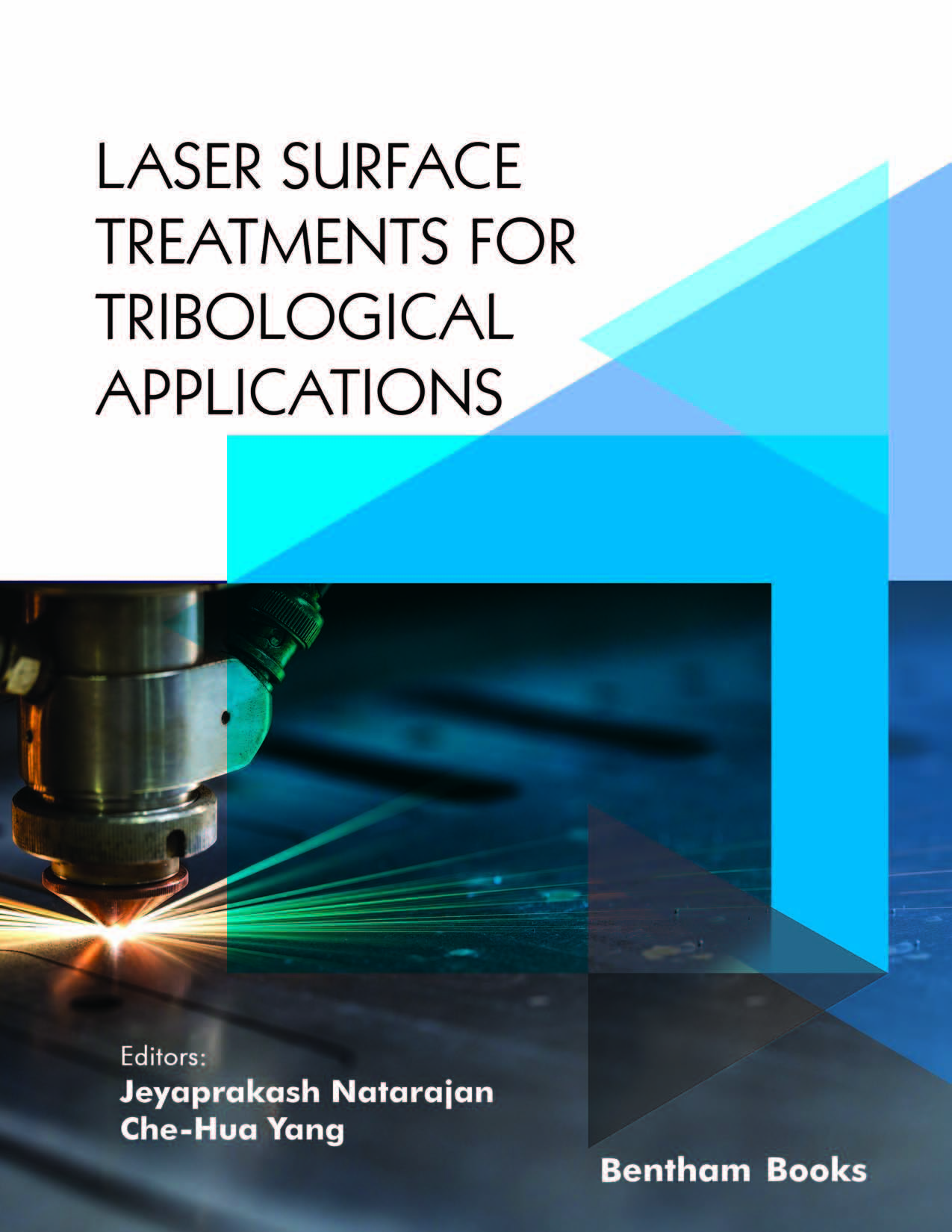Foreword
When Dr. Jeyaprakash and Prof. Che-Hua Yang invited me to write this preface, I was honored and delighted to take this opportunity to be familiarized with this exceptional work.
LASERS are being used for almost everything today, but they took a long time to seem useful. Albert Einstein invented laser technology in the early 1900s. Until 1960, there were no developments, and then the first laser was built at Hughes Research Laboratories. It is exciting to know the laser journey that Albert Einstein laid the foundations of in 1917 by predicting the phenomenon “Stimulated Emission.” Today it has become a fundamental phenomenon for the operation of all kinds of lasers. Valentin Fabrikant hypothesized the use of stimulated emission to amplify radiation . As a similar laser, its development was also speedy.
Further, Charles Townes, Nikolay Basov, and Alexander Prokhorov developed the theorem of stimulated emission of microwaves in 1950, for which they received a noble prize in Physics. In 1959, Gordon Gould proposed that the stimulated emission can be used to amplify light. His extensive research described that the optical resonator could create a narrow beam of light called “Light Amplification by Stimulated Emission of Radiation.” Right after his invention, in 1960, Theodore Maiman built the first working laser at Hughes Research Lab in Malibu. The laser, which used synthetic ruby as its active medium, emitted a bright red beam of light with a wavelength of 694.3 nm. The first application by this ruby laser was for military range finders. Surprisingly still, this technology is used commercially for drilling holes in diamonds due to its high power. In 1963, Kumar Patel developed the Carbon Dioxide (CO2) laser at AT&T Bell labs. It is economical and has high efficiency than the ruby laser. Therefore, it became the leading laser technology for many industries and is being continuously used for more than 50 years.
In the 1960s, the CO2 laser became famous for materials processing applications. In 1967, Peter Houldcroft of TWI in Cambridge utilised an oxygen-assisted CO2 laser beam to cut a 1 mm thick steel sheet, which was the first commercial application of Laser Materials Processing. These applications grew in scope, leading to the development of a small and inexpensive CO2 slab laser in the 1980s, ushering in a new “Laser Materials Processing” era. Since then, the laser has played a significant role in the materials industry for various applications, such as metal cutting, welding, drilling, and organic processing materials, such as rubber, foam, and plastic. In 2009, the largest and highest-energy laser in the world was developed in the National Ignition Facility at Lawrence Livermore National Laboratory. In the same year, NASA launched the Lunar Reconnaissance Orbiter. It will use a laser to gather data about the high and low points on the moon. This information may create 3D maps to identify lunar ice locations and safe landing sites for future spacecraft. In 2019, MIT researchers investigated a 1.9 micrometers wavelength thulium laser to excite water molecules near a microphone, which transmit an audible signal. This signal was as loud as a regular conversation. This technique can send secret messages for military applications and advertising. Currently, the laser is being used in a variety of industries, including medicine, automobiles, aircraft, and others. Finally, very slowly but surely, “the laser is living up to its billing.”
Prof. Jia-Chang Wang
Department of Mechanical Engineering
National Taipei University of Technology
Taipei-10608
Taiwan

